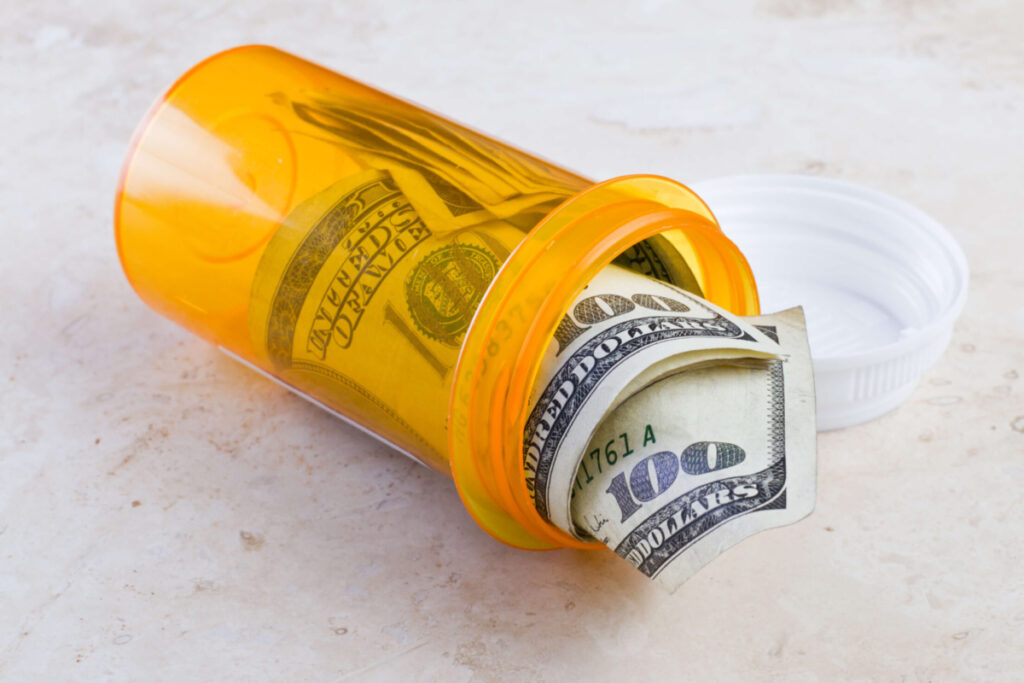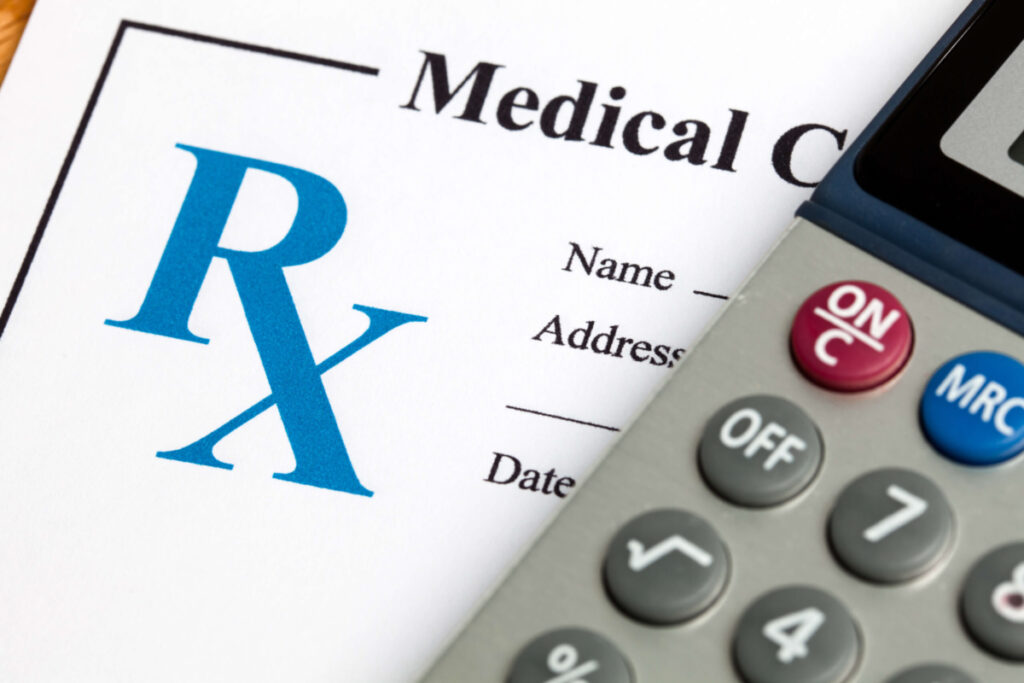Frustrated that their constituents pay far more for prescription drugs than residents of other nations, many state policymakers have embraced Canadian drug importation. Six groundbreaking states, led by Vermont, have enacted laws to enable importation but still need federal approval to begin. Proposed rules, which President Trump recently touted in an Executive Order, still need significant revision to support state plans.
Building on that foundation, a new National Academy for State Health Policy (NASHP) model law provides another option for states – import Canadian drug prices. Currently, other nations very effectively negotiate prices with drug manufacturers and secure significantly lower rates than are available in the United States. NASHP’s new model uses those countries’ established international prices to set a rate – an upper payment limit – for purchasers in a state.
This model, developed with careful legal analysis and expertise, does not violate patent protections because it is not price setting. Rather, it sets a limit on what purchasers pay, leaving manufacturers free to set prices. And by clearly defining that the bill affects only purchases in the state, it steers clear of Commerce Clause conflicts.
This new model law identifies the 250 most costly drugs in the state, defined by net price multiplied by utilization, based on available data from state employee health insurance plans. The law includes biologics and other costly drugs that federal law excludes from drug importation programs. The law’s international reference rate – which becomes a state’s upper payment limit for a drug – is the lowest price found across the four most populous Canadian provinces. When provincial prices are not available, the ceiling price published by Canada’s Patented Medicine Prices Review Board (PMPRB) becomes the reference rate. The PMDRB’s price determination includes reference to median drug prices from a basket of other developed nations.
Cost savings from this initiative are considerable and administrative expenses are kept low by building on a state’s existing infrastructure. States’ insurance departments, in collaboration with their boards of pharmacy, would develop the list of payment limits for the 250 drugs and require plans to document their compliance. Significant penalties are included in the law for failure to do so. The bill protects local pharmacists by ensuring they can purchase drugs at the payment limit and continue to charge dispensing fees. Health plans must report their savings to the state’s superintendent of insurance and detail how they pass the savings on to consumers.
Below is an example of current drug price comparisons between the United States and Quebec, Canada, which suggest the potential savings for states.
| Drug | US Price(NADAC*) | Canadian Reference Rate | How much more US consumers pay vs. Canadians: |
| Xeljanz [5 mg](rheumatoid arthritis) | $76.07 | $16.96 | 448.53% |
| Eliquis [2.5 mg](anticoagulant) | $7.53 | $1.17 | 643.59% |
| Eplcusa [400/100 mg](hepatitis C) | $869.05 | $521.43 | 166.67% |
| Zytiga [250 mg](cancer) | $87.63 | $20.68 | 423.74% |
* Prices, effective as of June 2020, represent unit cost (i.e., per tablet, pill, etc.) in US dollars, converted at an exchange rate of $1 CAN = 73 cents USD.
The pharmaceutical industry had made clear its opposition to models that reference international prices. States can expect three common industry responses to this legislative model:
Pharmaceutical manufactures will threaten to withdraw drugs from a state’s market. NASHP’s model act has provisions that require manufacturers to give advance notice to a state if they decide to withdraw a drug and impose significant penalties for doing so.
It’s price fixing. This model does not restrict what a drug company can charge, it simply sets an upper limit on how much payers will pay. This type of rate setting is common in all other parts of the health care industry.
It will eliminate innovation and cut funds for research and development (R&D). The pharmaceutical industry is a global one whose marketing and lobbying spending – as well as its profitability – are well documented. In every other country, drug manufacturers comply with well-developed, evidence-based limits on prices and continue to retain disproportionately large profit margins.
- The US Government Accountability Office reports that the average profit margin from 2006 to 2015 for the largest pharmaceutical manufactures was 15 to 20 percent, while the average profit margin across the largest 500 global non-drug businesses was 4 to 9 percent.
- According to the Association of the British Pharmaceutical Industry, in 2015 40 percent of global investment in R&D came from countries other than the United States and, while dated, a 2013 analysis reported that 30 percent of R&D investment in the United States is from public sector and 10 percent from private, non-profits, a number that is likely understated because it excludes tax credits and other government subsidies.
The bottom line? Drug companies can afford to give American purchasers the same breaks they give international purchasers while maintaining their investments in R&D and healthy profit margins. This model law allows states to achieve those savings.
The Trump Administration has signaled its interest in a narrow implementation of international pricing for certain Medicare drug purchases, but the President has not released an executive order related to the initiative, citing a planned meeting with pharmaceutical executives to develop alternatives, which did not occur. As the debate continues in the nation’s capital, states can’t wait. States can again work to lower drug costs and once again assert themselves as the “laboratories of experimentation” envisioned by Supreme Court Justice Louis Brandeis. States have the opportunity to test how international reference rates can work to help their consumers and provide evidence for the federal debate.
This Model Act to Reduce Prescription Drug Costs Using International Pricing is the fourth in NASHP’s recent series of new model prescription drug pricing laws. All four new models will be discussed by legal experts at #NASHPCONF20’s State-Only Summit on New Prescriptions to Lower Rx Costs, restricted to state officials and employees only, which is part of NASHP’s virtual annual conference Aug. 17-19, 2020. NASHP and its Pharmacy Cost Workgroup, with funding from Arnold Ventures, looks forward to supporting states as they advance these models in upcoming legislative sessions.
**The examples in this table compare Canadian prices to prices listed in the Centers for Medicare & Medicaid Services’ (CMS) National Average Drug Acquisition Cost (NADAC) database. CMS determines the NADAC prices for outpatient drugs by averaging invoice prices reported to CMS from retail community pharmacies. Canadian prices listed in the provincial formularies represent the prices that public programs will reimburse pharmacies for a certain drug, excluding dispensing fees and in some cases a mark-up for wholesalers. Although NADAC and Canadian formulary prices are not exact equivalents, NADAC pricing is an adequate proxy for estimating potential savings from referenced rates, and may indeed even underestimate savings.



